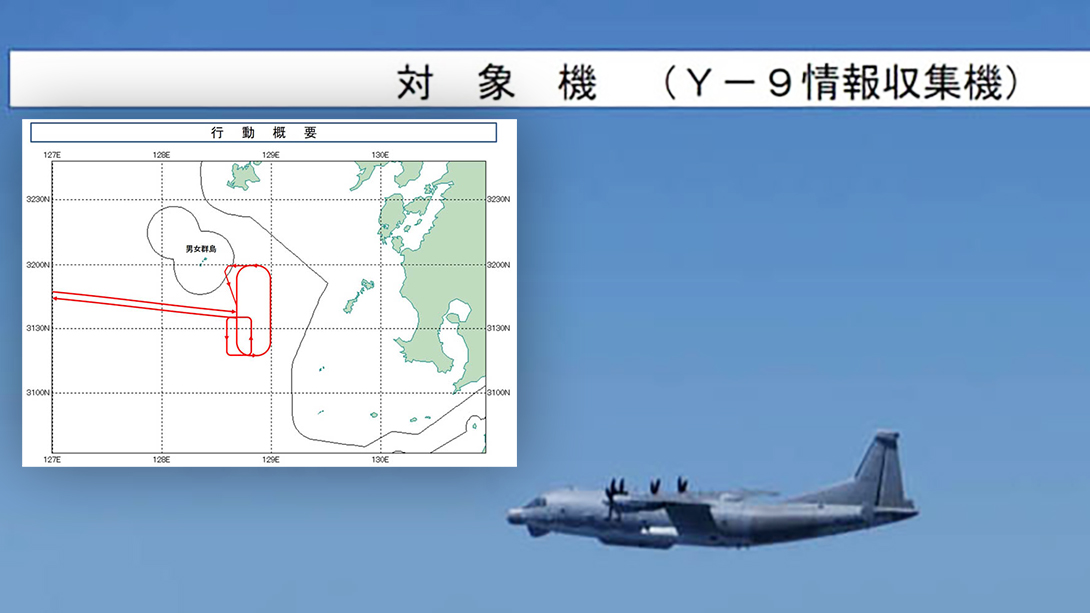Japan reports that a Chinese surveillance aircraft violated its airspace in what it says is the first time such an incident has taken place. The reported incursion comes amid ongoing tensions between China and other nations in the region over Beijing’s territorial claims over huge swathes of the South China Sea as well as similar disputes in the East China Sea and over the status of Taiwan.
According to the Japanese Ministry of Defense, the People’s Liberation Army Y-9 surveillance aircraft briefly entered Japanese airspace early on Monday morning local time, between 11:29 a.m. and 11:31 a.m. The ministry says the intelligence gathering plane was flying over the uninhabited Danjo Islands in the East China Sea. These are located to the west of the southern island of Kyushu Japanese airspace and are administered by Nagasaki prefecture.
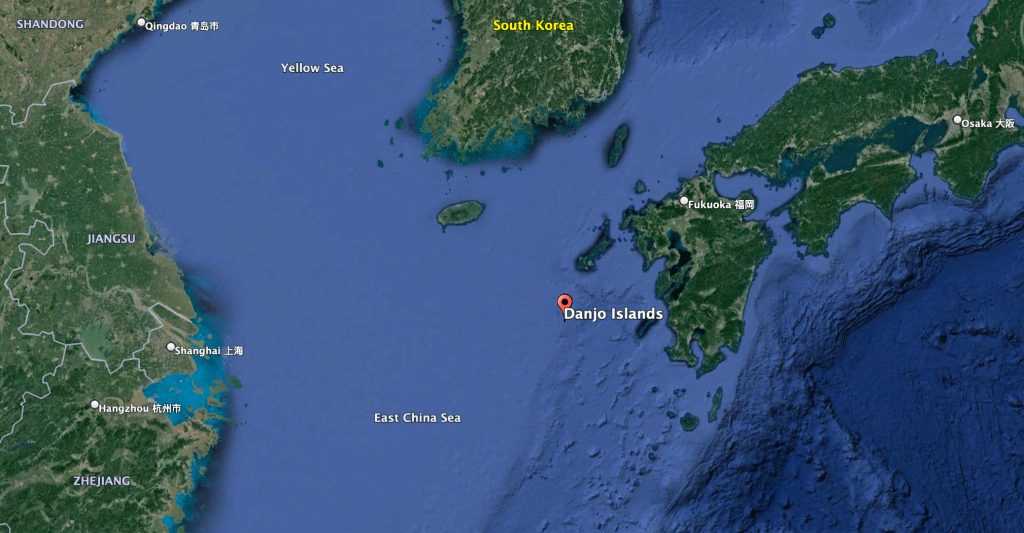
After leaving Japanese airspace, the Y-9 remained in the area, flying circular patterns close to the Danjo Islands before departing, the ministry added.
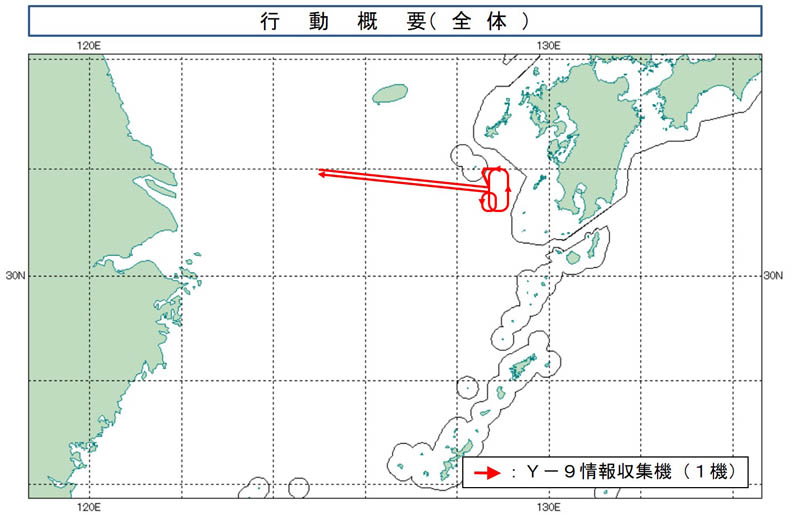
In response to the incursion, the Japan Air Self-Defense Force (JASDF) scrambled fighters from its Western Air Defense Force, likely F-15J Eagles. These jets took measures to ward off the Chinse aircraft, including “issuing notifications and warnings,” the Japanese Ministry of Defense said. There were no reports of any flares being expended or other more aggressive forms of warnings.

The Japanese government has lodged a “strong protest” against Beijing through diplomatic channels. Meanwhile, according to the Japanese Foreign Ministry, Japan’s Vice Foreign Minister Masataka Okano has summoned a senior official at the Chinese Embassy in Tokyo to lodge a complaint about the incursion and to demand no such breaches happen again in the future.
So far, the Chinese Foreign Ministry has not commented on the incident beyond confirming that the complaint from its Japanese counterpart “would be reported to their home country.”
A photo of a Y-9 has been released by the Japanese Ministry of Defense, although it’s unclear if this is the specific aircraft involved or a file photo. However, the photo shows a Y-9Z version of the aircraft, also known by the designation the Y-8GX-13, and one of the more recent iterations of the type.
Equipped for electronic intelligence (ELINT) gathering and perhaps also for other special missions, the Y-9Z was first identified in late 2017 in satellite imagery.
The Y-9Z features two large rectangular-shaped antennas along each side of the fuselage, which are thought to house ELINT arrays. An oval-shaped ESM antenna is mounted on top of the tailfin, while the top of the mid-fuselage sports a SATCOM antenna. Below the forward fuselage is another antenna array, which may provide synthetic aperture radar (SAR) capabilities. On the sides of the fuselage are ‘towel-rail’ type antennas, which may be used for psychological warfare operations — broadly equivalent to those conducted by the U.S. Air Force EC-130J Commando Solo — although this is unconfirmed. Taken together, this has led to some suggestions that the Y-9Z may be intended to fulfill multiple special missions, in contrast to earlier Y-8 and Y-9 developments that tended to be tailored for a specific role.
While the JASDF regularly responds to Chinese military aircraft operating outside its airspace, this is said to be the first time that one of these has actually entered Japanese territorial airspace. At least, this is the first time that Tokyo has publicly confirmed such an incident taking place.
However, there have been some previous incidents in which People’s Liberation Army aircraft entered disputed territorial airspace. In particular, such incidents have occurred around the Senkaku Islands in the East China Sea.
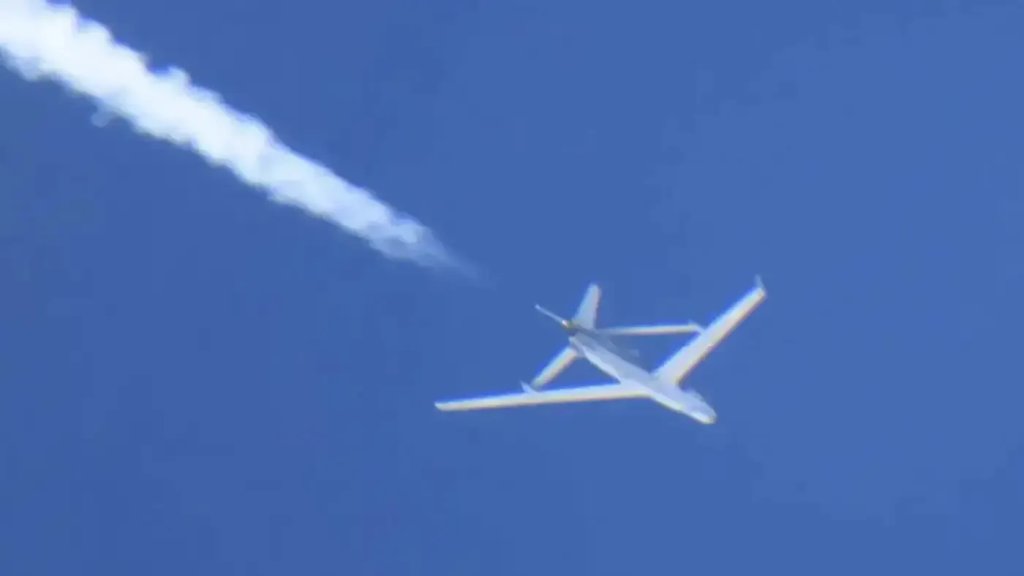
According to the Japanese Foreign Ministry, the Senkaku Islands are “indisputably an inherent part of the territory of Japan in light of historical facts and based upon international law.” China, for its part, claims the islands as its own, referring to them as the Diaoyu Islands.
In 2012, a Chinese maritime surveillance aircraft entered the Senkaku Islands territorial airspace, in what was said to be the first time such an incident had happened in 50 years.
In 2017 a small Chinese drone was also detected operating in the Senkaku Islands territorial airspace.
While it remains possible that this morning’s incursion was accidental, it is highly likely that it was a deliberate move, intended to test Japanese reactions.
Today’s incident comes amid recent tensions between China and other countries in the Asia-Pacific region.
In the South China Sea, almost the entirety of which Beijing claims, there have been recent confrontations involving China and the Philippines. Yesterday, it was reported that a Chinese Coast Guard vessel fired water cannons, blocked, and rammed a Philippine fisheries vessel here, in what is the latest flareup between the Asian neighbors.
The particular focus of these tensions is the Sabina Shoal, an uninhabited atoll located around 90 miles west of the Philippine island of Palawan and roughly 745 miles from Hainan island, China’s nearest major landmass.
Both China and the Philippines have deployed coast guard vessels to Sabina Shoal amid fears that either one may attempt to seize it, with the Philippines concerned that the Chinese have plans to construct an artificial island here, as they have done elsewhere in the South China Sea.
Combined with Beijing’s ongoing belligerence around the issue of Taiwan, as well as incidents around the disputed Senkaku Islands in the East China Sea, there is a growing sense of alarm, more generally about China’s military aspirations in the wider region.
This concern has also been shared with the United States and has helped forge a loose collection of allies to explore ways of providing a more effective defensive bulwark against potential Chinese expansion. In this way, Japan has, together with the United States, Australia, and India, formed the Quadrilateral Security Dialogue (QSD), commonly known as the Quad alliance.
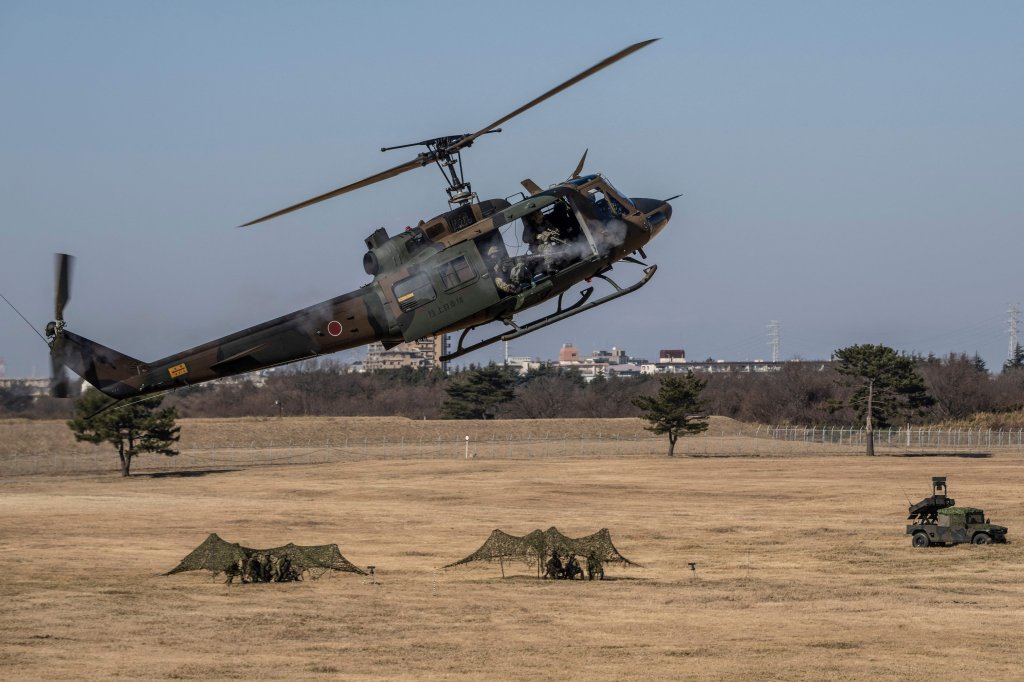
Japan has also sought to expand its military ties with the Philippines, including providing defense equipment and planning troop deployments on each other’s soil.
Meanwhile, concerns over China’s long-term plans have also seen Japan and South Korea move closer together, at least on a diplomatic level, despite also having been locked in their own territorial disputes for many years.
Japan, specifically, has also increasingly moved away from the generally pacifist position outlined in its post-war constitution, significantly increasing its defense spending, and looking increasingly at long-range strike capabilities to try and offer deterrence against potential Chinese aggression.
Developments in the region are also being felt in Washington, with officials recently doubling down on military cooperation with Japan, including the announcement last month that the command and control of U.S. forces in the East Asian country would be upgraded, while licensed production of missiles by Japan — Patriot PAC-3 and AIM-120 AMRAAM — would also be stepped up. This is consistent with U.S. officials’ description of the Chinese military threat as “the greatest strategic challenge.”
For now, it’s unclear whether the reported incursion of Japanese territorial airspace by the Chinese Y-9 will be an anomaly, or whether it points to a new approach by the People’s Liberation Army and one that would appear to be in keeping with Beijing’s more aggressive stance as regards its military activities in the wider region.
Contact the author: thomas@thewarzone.com
